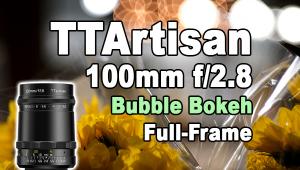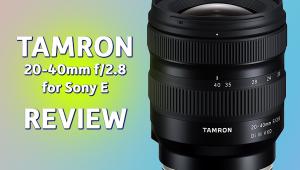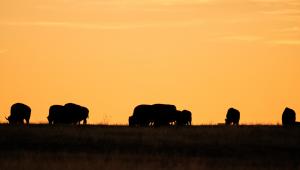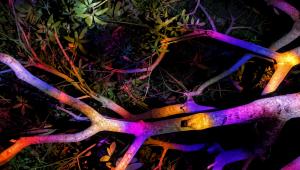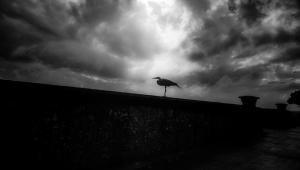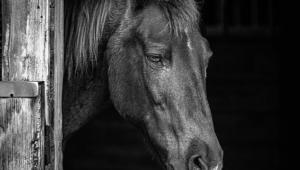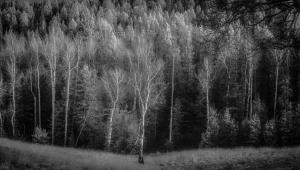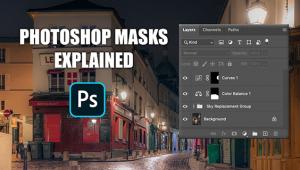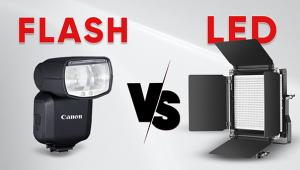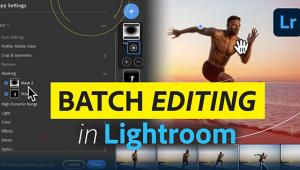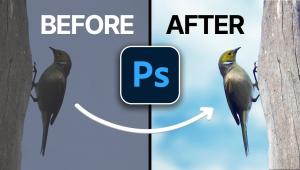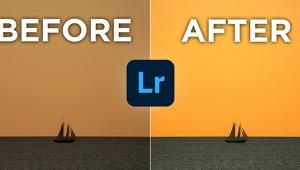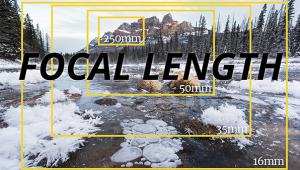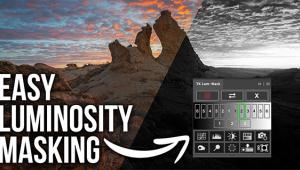Canon EF 11-24mm f/4L USM Lens Review
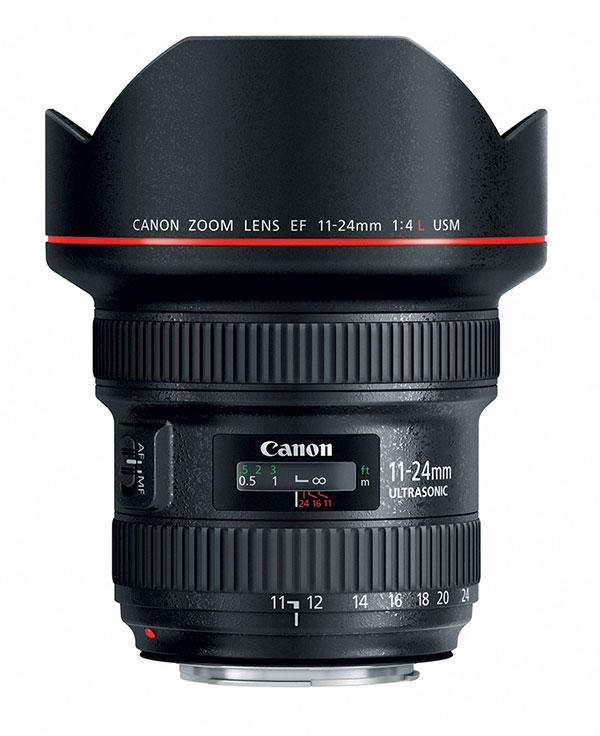
There was a time when I’d avoid a zoom lens as much as I’d avoid a swarm of midges. But in the digital age, the zoom lens has taken on new purpose, at least for me. Midges, however, are still a pest that is best avoided—especially when you’re changing lenses. And if you’re out in a marsh shooting spectacular scenic views, the Canon EF 11-24mm f/4L USM lens gives you the needed range of focal lengths so you can reign supreme over any landscape, as you avoid changing lenses while sidestepping concern that those midges will infiltrate your camera.
But what, if anything, are you sacrificing when using this zoom? Let's take a closer look.
Here’s a list of the Canon EF 11-24mm f/4L’s top features and price:
• Canon professional L-series optic
• New optical design with Super UD, UD, and aspheric lens elements
• Subwavelength Coating (SWC) and Air Sphere Coating (ASC)
• Water- and dust-resistant
• Inner focusing, ring USM, a high-speed CPU, and optimized AF algorithms
• Circular aperture (9 blades)
• Minimum focusing distance of 11 in./0.28m (at 24mm)
• Full-time manual focus override in AF Mode
• Fluorine coating on front and rear lens surfaces
• $2999 street price
Optics and Build
For serious Canon users nothing beats an L-series lens. It’s Canon’s top-of-the-line, and for good reason. This glass is often fixed aperture and relatively fast for its focal length or zoom range, and it incorporates Canon’s best optical technologies. Of equal import, these lenses are calculated to withstand the rigors of professional use. In other words, they’re built to perform—both physically and optically.
The new 11-24mm f/4L comes with all the trimmings, except image stabilization. Specifically, what the 11-24 brings to the table is a combination of Super UD (Super Ultra-Low Dispersion), UD, and aspheric lens elements to correct lens aberrations, most notably chromatic aberration (color fringing) and distortion.
We’re not done yet. Lens flare, or non-image-forming light, and ghosting also have deleterious effects on image quality. Veiling lens flare, in particular, masks details and severely lowers contrast. Flare and ghosting are what those fancy SWC and ASC coatings are designed to address.
There’s yet one more coating to discuss. Aside from being dust- and splash-resistant, the lens uses fluorine—not only on the front lens element but also on the rear element. This way if a two-year-old sees that sparkly thing sitting on a table in the living room and gingerly puts a finger on the glass as if it were a shiny clown’s nose (it happened to me years ago—pre-fluorine), no worries. Smudges will wipe right off, without damaging the lens.
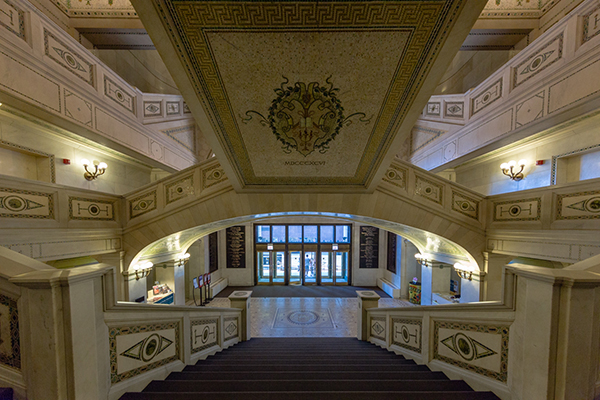
Zooming & Focusing
Now to zooming and focusing. Zooming is smooth and even. Focusing, as I like to say, is buttery smooth, with a positive stop at either end (though you can still rotate the focusing ring past each point).
A few noteworthy features—all signs of a quality lens: a variable infinity setting (to compensate for expansion/contraction during extremes of temperature); infrared index for the revivified world of IR imagers; and a rear gelatin filter holder, should you prefer to go old school, instead of resorting to digital post corrections (Canon note of caution: to avoid contact with the rear lens element, the filter should only be used when the lens is “not set to the wide end.”).
In addition, the lens will accept EF12 II extension tubes. And one more thing I particularly found practical: in contrast to the typical sliding (push/pull) lens cap for lenses with built-in petal-shaped hoods, this lens features a clip-on cap that securely latches onto the long petals built into the lens.
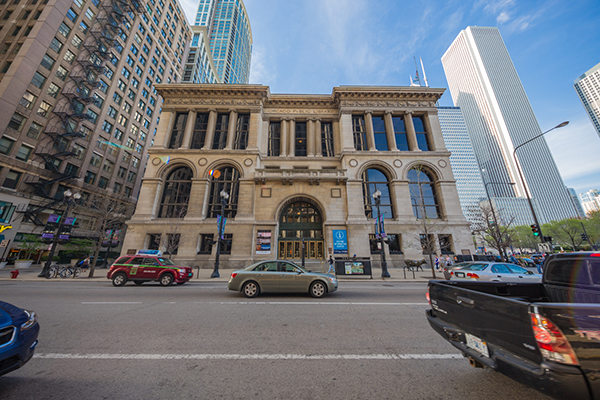
In the Field
I visited several Chicago landmarks with a Canon EOS 6D and the 11-24mm secured to a Sun-Sniper backpack sling strap, which was attached to my Think Tank Photo StreetWalker pack. Each time I walk around with a solid lens and DSLR in my hands, the brief flirtation with mirrorless cameras fades more and more.
I like the weighty feel. It’s a stabilizing force. In fact, I found I could shoot handheld with a shutter speed down to 1/13 sec, with the lens at 24mm, and still get sharp results. That roughly translates into a one-stop window below the optimum shutter speed to avoid camera shake. I wasn’t intentionally testing for this—just happened. And it was totally unexpected, and a very pleasant surprise. And keep in mind that this lens is not image-stabilized.
Even indoors with low light, I never had a problem composing the shot, given the bright f/4 taking aperture. Interestingly, when zooming the lens, the outer lens barrel retains its length, but an inner lens barrel moves to and fro. That said, I didn’t notice any shift in balance. Also, I didn’t detect any lens creep.
Don’t get me wrong. This full-frame lens, especially in combination with a full-frame camera, is heavy. But keep in mind, it’s not always in front of your eye. As I strolled around town, I kept the camera hanging down at my side, ever vigilant of the crowd around me, for fear of damaging the front element (you don’t always keep a lens cap on, since you never know what’s around the corner).
And thankfully, it was not hot and steamy, which likely would have made a difference. Still, at the end of the day, I had no complaints.
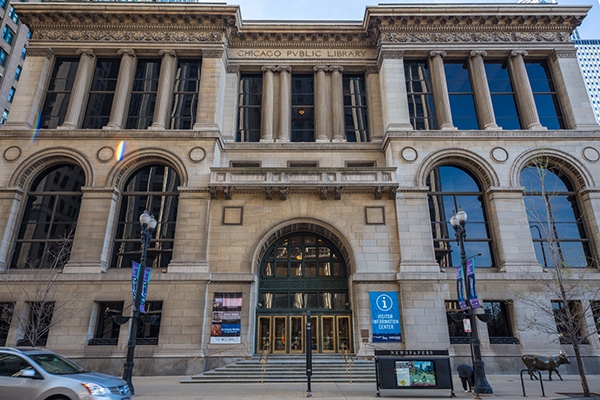
Performance
We’d expect to see considerable barrel distortion in a lens such as this. Not in this highly corrected piece of glass. Barrel distortion is minimal and practically negligible at normal shooting distances, even at 11mm. Outward bowing only becomes readily apparent when shooting relatively close to the subject.
Vignetting at 11mm was clearly evident at f/4, becoming milder as you stopped down. At 24mm, vignetting was mild and largely dissipated at f/8. Some photographers, myself included, occasionally use vignetting as a framing device, so this is no big deal—and is easily corrected during RAW processing.
Extremely mild lateral chromatic aberration was apparent, which will affect sharpness at the corners and edges, but again, that’s easily corrected during processing. Overall, edge-to-edge and corner-to-corner sharpness is admirable. More important perhaps, I would not hesitate shooting wide open with this lens.

Conclusion
The new EF 11-24mm f/4L USM Ultra Wide-Angle Zoom Lens was primarily designed for full-frame cameras. You can use it on an APS-C (cropped-sensor) body, but it would be a shame to lose the dramatic perspective afforded by that 11mm focal length (in APS-C-speak, that roughly translates into 18mm). The 11mm focal length literally opens your eyes to a new world. And trust me, you can’t appreciate it till you’ve experienced it.
Each time I look at the images I shot using this 11-24mm optic during the short time I had it on loan, especially those images captured at 11mm, I increasingly grow envious of the Canon shooter who may one day have the pleasure of owning this superb piece of glass. Optically you can’t do better in this focal-length range. I can only imagine the images this lens would have produced with a Canon 5DS R!

(Note: all images were shot with the camera/lens handheld and processed in Adobe Lightroom 5 and Photoshop CS6, which offers a lens profile for the EF 11-24mm Lightroom CC does offer this profile as well, but was installed after the images were already processed.)
Jack Neubart (www.jackneubart.com, www.pixelPERFEXION.net) is a photographer, photo-technical writer, educator, photo industry consultant, and author with over 35 years of experience, covering practically every aspect of photography.
- Log in or register to post comments





